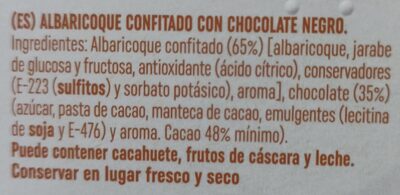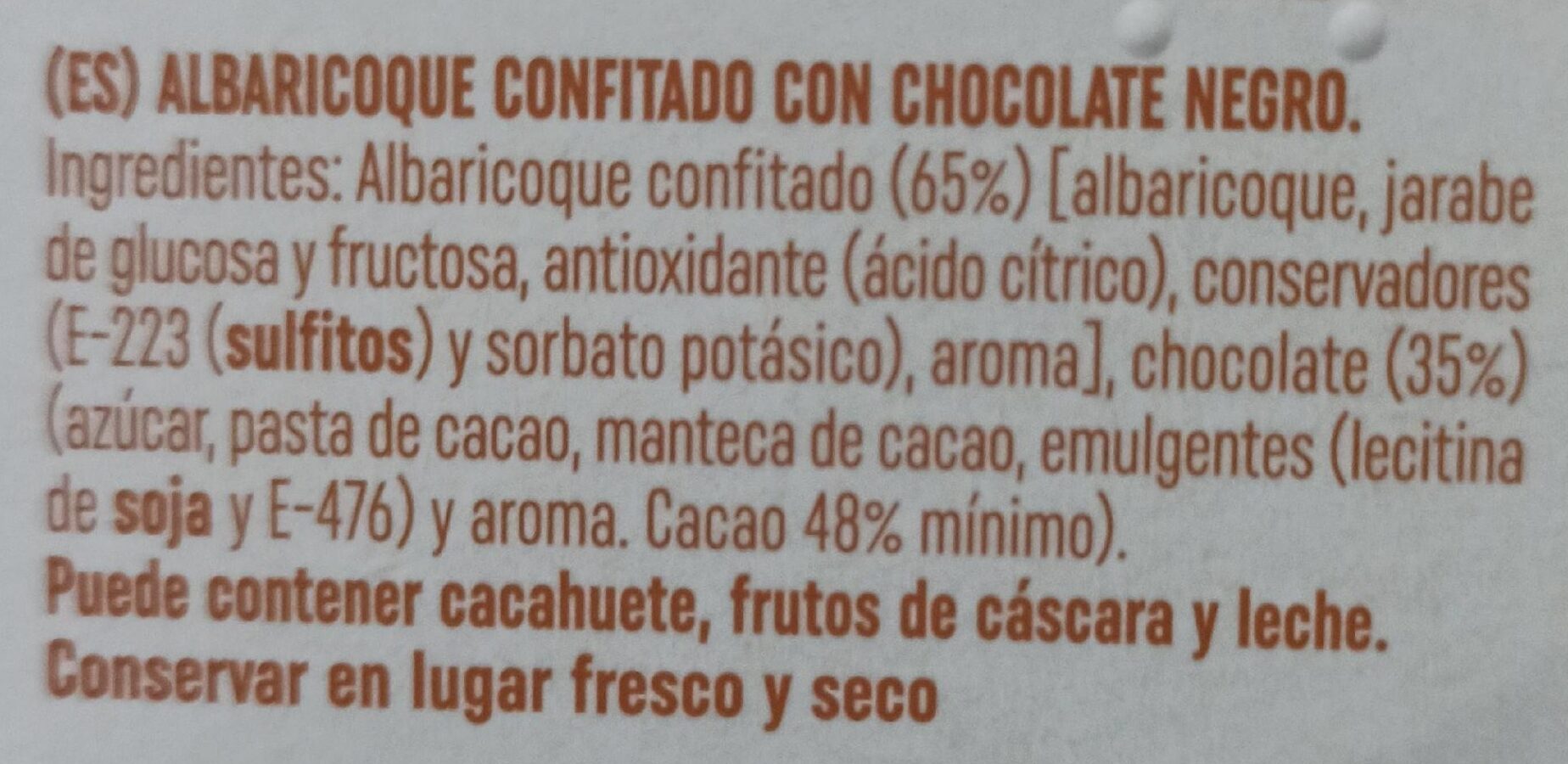Albaricoque de Aragón confitado con chocolate negro - Lacasa
This product page is not complete. You can help to complete it by editing it and adding more data from the photos we have, or by taking more photos using the app for Android or iPhone/iPad. Thank you!
×
Barra-kodea: 8410740916301 (EAN / EAN-13)
Markak: Lacasa
Kategoriak: en:Snacks, en:Sweet snacks, en:Cocoa and its products, en:Confectioneries, en:Chocolate candies, en:Bonbons, en:Fruit confectioneries, en:Chocolate covered fruits
Etiketak, ziurtagiriak, sariak: en:No gluten, en:No palm oil
Saltzen diren herrialdeak: Espainia
Matching with your preferences
Ingurumena
Ontziratzea
Transportation
Report a problem
Datuen iturria
Product added on by kiliweb
Last edit of product page on by roboto-app.
Produktuaren orria -gatik editatua moon-rabbit, teolemon, yuka.sY2b0xO6T85zoF3NwEKvlnIWauLXgjLGaibRlBKK-dCMP82zTu8r_K7cK6g.
If the data is incomplete or incorrect, you can complete or correct it by editing this page.









